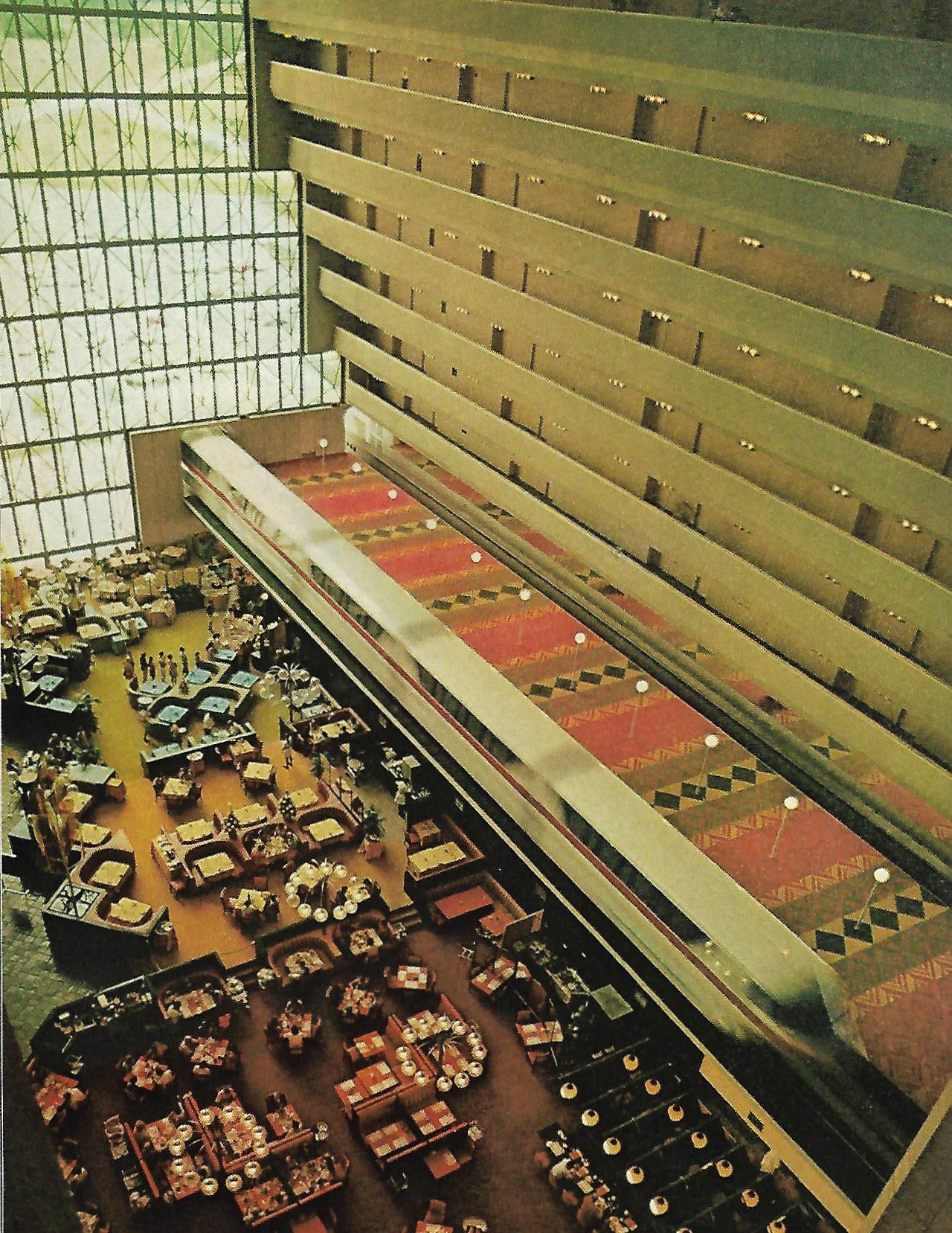I recently found a National Geographic from November of 1973 that’s main story ‘Florida’s Booming—and Beleaguered—Heartland’ examined how life had changed in Florida, especially since the opening of Walt Disney World. While fans celebrate the 46th birthday of Walt Disney World and the 35th birthday of Epcot this month, let’s look back at what writer Joseph Judge found on his journey through Florida.
Starting the article off, Judge travels through the back-country roads of Florida. As a local shop owner explained in Evanston, “The last of what’s really Florida is right here in the middle, and we lose a little bit of it every day. You go on down to Orlando and look around, and see if you don’t come running back here.” He was obviously talking about Disney World, and the effect it was having.
As Judge made his way to central Florida and Orlando, he found the most “explosive growth in the United States, a tide of development that is (choose a verb; improving, despoiling) central Florida.” Judge is trying to paint a picture of what many locals feel about the growth of Walt Disney World.
We get a hint of how the changes have taken place when he talks to a planner for the city of Orlando. “We are much better off than we were a year ago. We are getting a handle on this—the traffic, the refuse, and the rest of it.” Judge ventures into Walt Disney World, staying at the Polynesian Village hotel with his family. According to Judge, 12 million people came to Walt Disney World in 1972, with an average cost of $85 a day for a family of four.
Judge writes of sights and sounds that have not changed in forty-six years. “A zooming monorail . . . crossed by steamboats ferrying crowds to the Magic Kingdom.” With his family he rode with Peter Pan to Neverland, descended in a submarine to find a sunken world, and hummed along with the Mickey Mouse Revue. The writer wondered if his kids knew that everything they saw was manufactured. Were his kids aware that the Presidents and singing bears were computer controlled robots? His daughter answered the question one night while watching the Admiral Joe Fowler stern-wheeler, coming into dock. “I didn’t know they had a moon here.”
Judge even gets to live a fantasy that many Disney fans would like, by spending a night in the Swiss Family Treehouse. “In the small hours of the morning, the tree came rhythmically alive with the wind and waving moss, and I felt as remote as the castaways in Shakespeare’s Tempest.” As much as I enjoyed the short insight to the writer’s family trip, it was the follow up to his stay that really interested me.
Under the subtitle “The Mouse Gets the Blame,” Judge starts to examine the changes that came to Orlando and the surrounding area upon the opening of Walt Disney World. In October of 1971, the Orlando area had 5854 hotel and motel rooms. Two years later there were 25000 rooms with 7000 more under constructions. Two and one-half tons of cash were trucked into Orlando’s Sun First National Bank from Walt Disney World daily.
The praise that Walt Disney World elicited, “How can cynicism and despair continue to clutch the minds of men and women who have experienced for even a few days the freedom of spirit that reigns here,” was met with criticism and hostility.
Chairman of the Board of Commissioners for Orange County Paul Pickett was one of those people in 1973 who was not clutched by the magic of Cinderella Castle. “Unless he is a land speculator, owns a bank, or sells insurance, the average taxpayer around here had not only had zero profit from this tremendous growth – he is paying for it. And I don’t mean in our new bumper-to-bumper style of driving, increase in crime, and all that. I mean in cash for new roads, additional law enforcement, welfare, and the rest. No hard feelings, but I wish the mouse had stayed in California.” It sounds like Pickett only has hard feelings for Mickey and friends.
I imagine residents of Orlando and the surrounding counties could not visualize the growth that would occur at Walt Disney World over the next four decades. Orlando went from a sleepy center of the state to a major metropolis known around the world. People have fond memories from their Disney World trips, which includes hunting for bargains in Kissimmee, and travelling through traffic that tends to build up on the Interstate 4 corridor that bisects Central Florida.
Disney fans will want to find this National Geographic and add it to their collections for the article by Judge and the gorgeous pictures by Jonathan Blair. Blair captures Walt Disney World in its infancy, with nighttime shots of a lit-up Cinderella Castle, the monorail as it passes through the Contemporary Hotel, and even a shot of characters moving about in the Utilidor.
I love to collect unique Walt Disney World items, and the November 1973 National Geographic is an item worth having. The growth that Florida has seen in 46 years since Magic Kingdom opened in October of 1971 is unquestionable. How you view that growth and change can be very different, depending on where you live. I could feel some empathy for the locals, and I wonder how I would feel if I were in their place.




